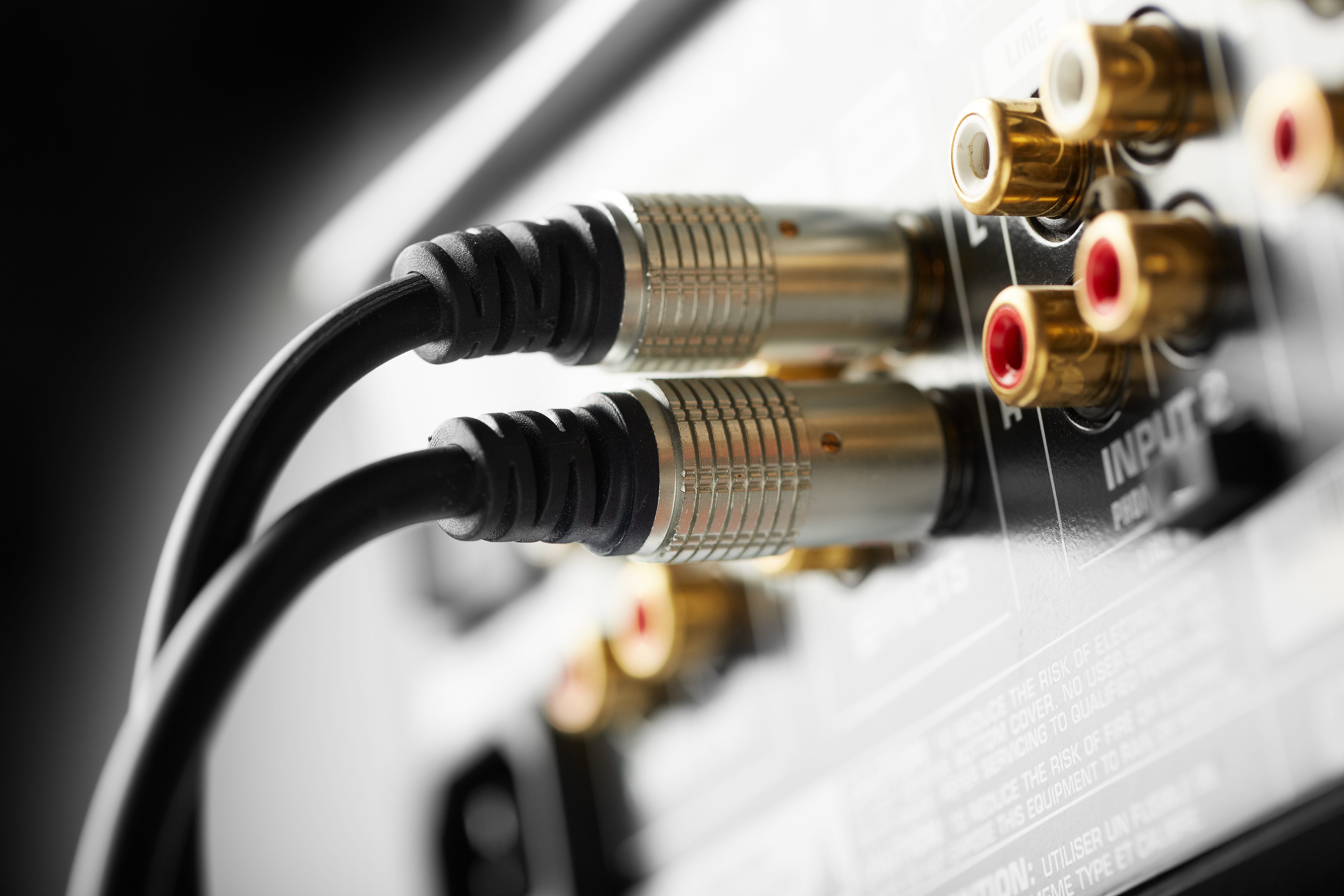
In the world of hi-fi audio, there are seemingly never-ending tips and tricks to improve the quality of your sound system. While some people simply prefer to "plug and play", others enjoy tweaking and experimenting with their system to see if they can boost the performance. Two common adjustments are bi-wiring and bi-amping.
These terms refer to different ways to connect your speakers. If you want to try either configuration, you need to determine if your speakers are compatible in the first place. If there is only one positive and one negative connection (typically red and black) on the back of your speakers, then you can't bi-wire or bi-amp.
If there are two sets of connections, you're in the clear. Usually, these pairs of connections have "bridges" or "jumpers" that join the two positive terminals and the two negative terminals. If you do have four connections, the speaker manufacturer specifically designed the speakers to include them, so you'd probably benefit from trying them out.
What is bi-wiring?
Bi-wiring is a method of connecting your speakers to your amplifier that utilizes both pairs of connections. Whether or not bi-wiring actually makes a difference in sound quality is a highly debated subject, but many audiophiles and audio engineers claim that it does improve clarity, resolution, and spatial precision. In fact, some engineers have run tests to measure levels of distortion in single wire and bi-wire setups, and have determined that bi-wiring does indeed make a difference and is worth exploring. So, how does bi-wiring work?
When an amplifier sends an audio signal to a speaker, the crossover in the speaker separates the signal that gets sent to each driver. The woofer receives the low frequencies and the tweeter receives the high frequencies. In a single-wire system, all of the frequencies travel in the same cable to and from the amplifier within the circuit. When in the same cable, the interactions between high and low frequencies cause intermodulation distortions that can disrupt the audio signal.
Bi-wiring simply separates the high and low frequencies into two separate cables. One pair of positive and negative connections is for low frequencies, and the other is for high frequencies, effectively keeping them in completely separate circuits via filtration. This reduces the amount of intermodulation distortion caused by varying frequencies traveling in the same circuit, resulting in a cleaner signal overall.
Even though bi-wiring does technically make a measurable difference in the audio signal, you might still be wondering: is it really worth it? The answer to that question is, of course, subjective. While some audio-lovers will claim that it makes a noticeable difference in their system and they're much happier with bi-wiring, you might personally think that the difference is negligible. There are tons of factors that impact a sound system's performance, so if you aren't working with 100% ideal conditions anyways, bi-wiring might be a waste of time. On the other hand, bi-wiring is pretty simple, and doesn't cost you a whole lot extra, so it might be worth trying out, if only as an experiment.
How do I bi-wire my speakers?
If you want to try bi-wiring on your compatible speakers, the process is simple. First, remove the jumpers that join the high and low frequency connections so you can access all four connectors.
Of course, you'll need an extra set of speaker cables. This part is really important: you have to use identical cables. They should be the exact same length, brand, and model. If they aren't identical, you're using cables with different electrical properties, which can alter the signal.
As with all speaker cables, make sure the connections are secure and the positive and negative ends are completely separated. When you run the cables to the amplifier, the two pairs will be joined together if your amp only has one positive and negative connection. Some amplifiers may have two sets of connections to make the setup easier.
That's all there is to it! Sit back and enjoy your distortion-reduced audio signal. Or, learn more about bi-amping in part 2.






